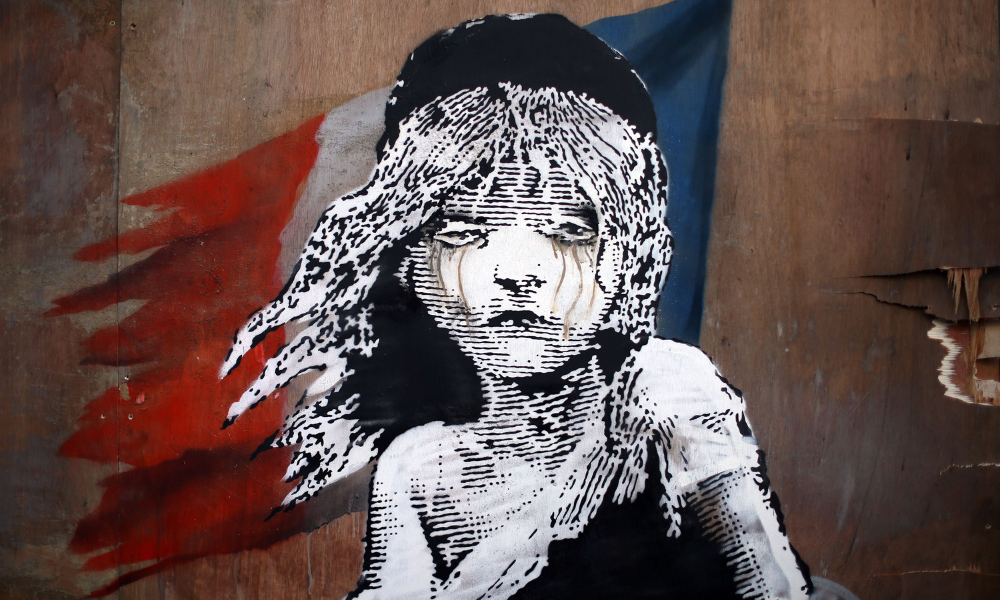“Art is not what you see but what you make others see.” – Edgar Degas
Art has the power to inspire, evoke emotions, and leave a lasting impact on people’s lives. But how do artists create works that make us feel and think deeply? The answer lies in the art of storytelling. Whether it’s a painting, sculpture, or film, all forms of art are a medium to tell a story, and the art of storytelling is critical in creating art that truly connects with people. In this blog post, we will explore why storytelling is essential in creating art and how artists can use narrative techniques in their work.
Storytelling is the core of art
At its core, art is a storytelling medium. It allows artists to communicate messages, express emotions, and convey ideas through visual elements. Whether it is a painting, a photograph, or a sculpture, every piece of art tells a story. The 19th-century French painter Jean-Auguste-Dominique Ingres once said, “Drawing is not what one sees but what one can make others see.” In other words, art is not about simply capturing what we see, but about channeling our emotions and ideas into something that can connect with others on a deep level.
The art of storytelling goes beyond just painting a picture or sculpting a form. It involves a deliberate effort to create a narrative that speaks to the human experience. Storytelling gives the artwork context, purpose, and meaning, which is what makes it relatable and impactful.
Storytelling creates an emotional connection
One of the most powerful things about storytelling is that it can create an emotional connection between the artist and the audience. A well-told story can evoke compassion, empathy, or even shock. When an artist can evoke an emotional response, they have tapped into what makes art so vital – its ability to speak to our shared humanity.
A powerful example of this is Leonardo da Vinci’s painting, the Last Supper. It is not simply a depiction of Jesus and his disciples sharing a meal but a powerful narrative that captures the essence of the biblical scene. The disciples’ expressions and body language convey their emotions, and the viewer can almost feel the tension and anxiety in the room.
Storytelling captures a moment in time
Capturing a moment in time is an essential part of storytelling in art. It involves a conscious effort to create a visual narrative that freezes a particular moment in time, allowing the audience to experience it in a unique way. In a sense, art serves as a time capsule, preserving memories and emotions from the past and giving them new life through the artist’s interpretation.
For example, Vincent Van Gogh’s painting, Starry Night, captures a moment in time when the artist was struggling with mental illness. The swirling sky and the crescent moon communicate the tumultuous emotions he was feeling. The painting has become an iconic symbol of mental health awareness and continues to resonate with people even today.
Storytelling fosters empathy and understanding
Stories have the power to bring people together and foster empathy and understanding. This is particularly true in art, where an artist can use storytelling to communicate messages of hope, resilience, or even social justice. Art can be a medium for change – to challenge the status quo and inspire social progress.
A powerful example of this is Banksy’s street art. His artwork is known for its social commentary, with messages that challenge authority and speak to the human experience. Banksy’s work has sparked dialogue and debate about prominent issues such as political corruption, poverty, and social inequality. His art is a testament to the power of storytelling in art – by communicating ideas through visual narratives, he has impacted the world and inspired others to join the conversation.
To wrap this up, storytelling is critical in creating art that connects with people on a deep and emotional level. Whether a painting, sculpture, or film, art is a medium for storytelling, allowing artists to communicate messages, express emotions, and convey ideas through visual elements. The art of storytelling transcends time and space, preserving memories and emotions from the past and inspiring change for the future. As artists, we should strive to embrace this powerful tool and use it to create works that speak to our shared humanity. The possibilities are endless, and the impact can be profound.

